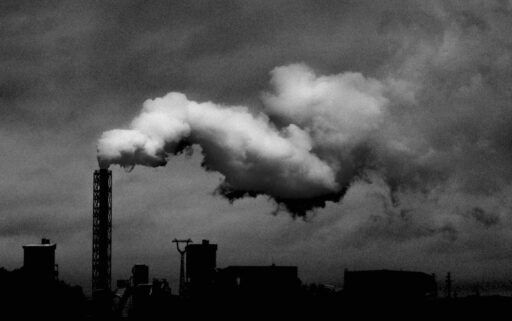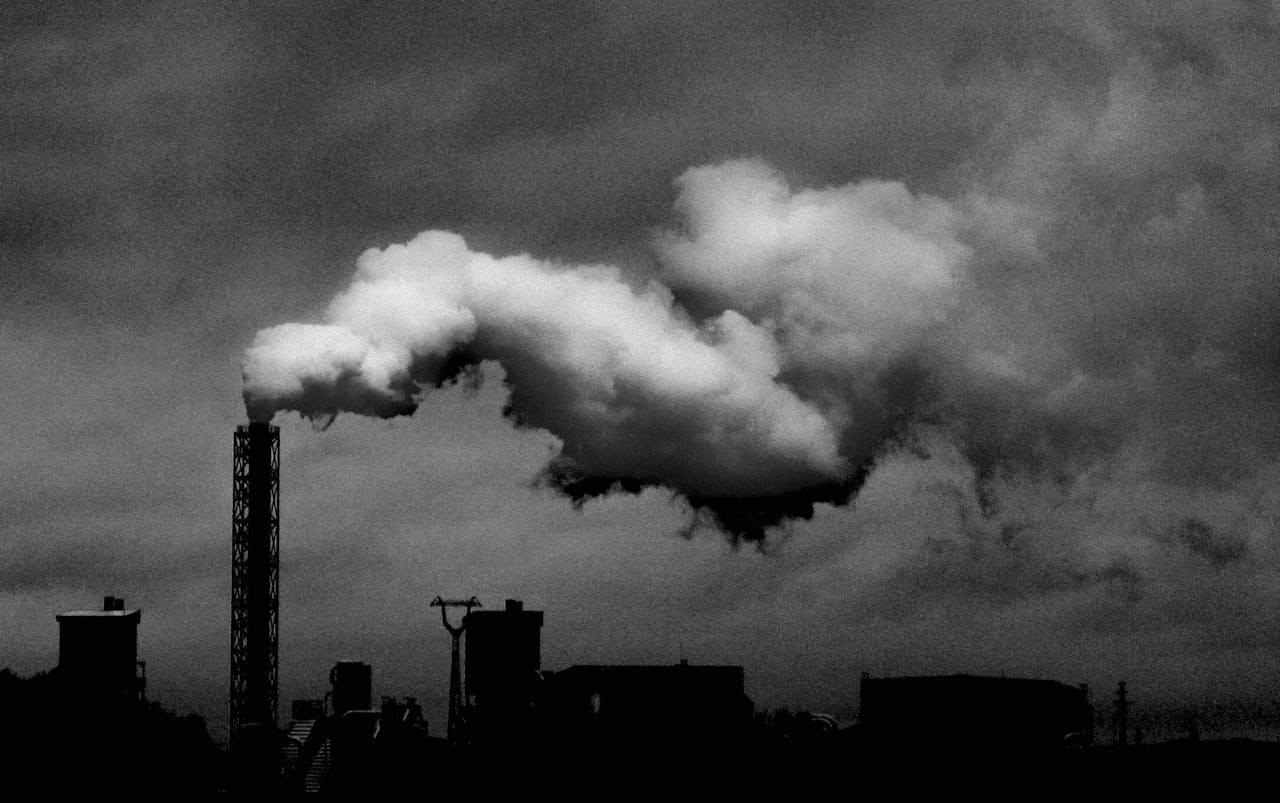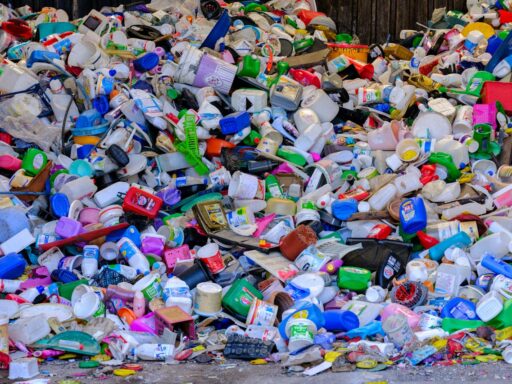As the global demand for sustainability rises, the manufacturing sector faces increasing pressure to reduce its carbon footprint. Packaging experts, innovation professionals, and eco-conscious consumers are seeking technologies that can drive carbon-neutral solutions. With global greenhouse gas (GHG) emissions from industrial processes accounting for nearly 24% of total emissions, according to the International Energy Agency (IEA), the time to adopt sustainable innovations is now. This article explores cutting-edge green technologies transforming manufacturing, with a focus on reducing carbon emissions and improving energy efficiency.
Electrification of Industrial Processes
One of the most effective ways to drive carbon neutrality in manufacturing is through electrification. By replacing fossil fuels with electricity, which can be sourced from renewable energy, manufacturers can drastically reduce carbon emissions.
Electric Arc Furnaces (EAF) in Steel Production
Steel production is responsible for around 7-9% of global CO2 emissions. Traditional steelmaking relies on coal, but electric arc furnaces (EAFs) use electricity to melt scrap steel, producing significantly lower emissions. If powered by renewable energy, EAFs can make steel production nearly carbon-neutral.
- ArcelorMittal, one of the largest steelmakers globally, is investing $10 billion in electrifying its steel production. By switching to EAFs and using renewable energy, the company aims to reduce CO2 emissions by 30% by 2030.
Electric Boilers in Chemical Manufacturing
Chemical manufacturing is another highly energy-intensive sector. By transitioning from gas-fired to electric boilers, manufacturers can reduce both CO2 emissions and energy consumption. Electric boilers are especially effective when powered by green electricity.
- Nouryon, a global chemical company, has introduced electric boilers in its European plants. This move aligns with their goal to reduce GHG emissions by 25% by 2025.
Carbon Capture, Utilization, and Storage (CCUS)
While reducing emissions is crucial, capturing and reusing carbon emissions from manufacturing processes can further drive carbon neutrality. Carbon capture, utilization, and storage (CCUS) technology captures CO2 emissions from industrial sources and either stores them underground or uses them in products like fuels, chemicals, or construction materials.
Carbon Capture in Cement Production
Cement manufacturing contributes around 8% of global CO2 emissions. CCUS can significantly reduce emissions from cement production, which relies on high-heat processes. By capturing CO2 before it escapes into the atmosphere, cement plants can lower their carbon footprint while exploring ways to use captured carbon in construction materials.
- HeidelbergCement is piloting carbon capture at its plant in Brevik, Norway. The project is expected to capture 400,000 metric tons of CO2 per year by 2024, making it one of the first full-scale CCUS projects in the cement industry.
Carbon Utilization in Packaging
Captured CO2 can also be utilized in producing packaging materials. Innovations are emerging where CO2 is chemically converted into polymers used for plastic packaging. This can offset emissions from plastic production, reducing the overall carbon footprint of packaging.
- Newlight Technologies uses captured carbon to create AirCarbon, a plastic material used in packaging, reducing dependence on fossil fuels.
Renewable Energy Integration in Manufacturing
Shifting energy sources from fossil fuels to renewable energy is one of the most impactful ways to achieve carbon neutrality. By integrating solar, wind, or hydropower into manufacturing processes, companies can significantly reduce their carbon emissions.
Solar-Powered Packaging Plants
Solar energy is becoming increasingly popular in powering manufacturing facilities, especially in packaging. By installing rooftop solar panels or partnering with solar energy providers, manufacturers can cut down on their reliance on carbon-heavy electricity.
- Tetra Pak, a global leader in food packaging, powers its production sites in Europe with 100% renewable electricity, including solar energy, as part of its goal to reach net-zero emissions by 2050.
Wind Energy in the Automotive Industry
In the automotive sector, manufacturers are adopting wind energy to reduce emissions associated with vehicle production. Wind energy, which produces zero emissions during operation, is being integrated into factories to achieve sustainable production.
- BMW has invested heavily in wind energy to power its Leipzig plant in Germany, which produces electric cars. The plant is now powered by 100% renewable energy, reducing CO2 emissions by 80,000 tons annually.
Smart Manufacturing and Digitalization for Energy Efficiency
The digital transformation of manufacturing processes, often referred to as Industry 4.0, is enabling manufacturers to become more energy-efficient through automation, real-time monitoring, and data analytics. Innovative manufacturing tools like artificial intelligence (AI) and machine learning (ML) optimize energy use and reduce emissions by analyzing real-time data to make processes more efficient.
AI-Optimized Energy Use
AI can predict energy consumption, optimize machinery usage, and reduce downtime, all of which contribute to lower energy costs and emissions.
- Siemens has implemented AI-based systems in its manufacturing plants, reducing energy consumption by 30%. This intelligent manufacturing approach allows Siemens to automate decisions based on energy efficiency metrics, helping the company lower both costs and emissions.
Digital Twin Technology
Digital twins, which are virtual representations of physical assets, allow manufacturers to simulate changes and optimize energy use in real time. This technology is increasingly being used to track and reduce energy consumption in manufacturing plants.
- GE Renewable Energy uses digital twins to monitor its wind turbines and predict maintenance, optimizing energy output and minimizing downtime.
Sustainable Packaging Solutions in Manufacturing
Packaging represents a significant environmental challenge, particularly when it comes to single-use plastics. Sustainable packaging innovations are rapidly advancing, driven by the need to reduce reliance on fossil-based plastics and lower carbon emissions throughout the packaging lifecycle.
Bioplastics and Compostable Packaging
Bioplastics made from renewable resources like corn, sugarcane, and algae are gaining traction as alternatives to petroleum-based plastics. Compostable packaging materials, designed to break down under industrial composting conditions, are further helping companies reduce their carbon footprint.
- Danone has committed to using 100% bioplastic for its water bottles by 2025. The company has already made strides by using PLA (polylactic acid) for its Evian brand, which is derived from renewable sources and reduces carbon emissions by up to 60% compared to traditional plastics.
Recycled Content in Packaging
Incorporating recycled materials into packaging is another way to reduce emissions and energy use in the packaging manufacturing process. The production of recycled plastics, for example, can reduce energy consumption by up to 88% compared to new plastic.
- Unilever has committed to ensuring 100% of its plastic packaging is recyclable, reusable, or compostable by 2025. The company is already using post-consumer recycled (PCR) content in brands like Dove and Hellmann’s, contributing to a significant reduction in carbon emissions.
Conclusion
The push for carbon-neutral manufacturing is rapidly gaining momentum, with green technologies playing a critical role in reducing carbon emissions and energy use. From electrification and carbon capture to renewable energy and AI-driven efficiency, these innovations are transforming the future of manufacturing, particularly in the packaging sector. Companies like ArcelorMittal, HeidelbergCement, Tetra Pak, and BMW are leading the charge, showcasing that sustainability is not only achievable but also profitable.
By adopting these innovations, manufacturers can significantly lower their carbon footprint, meet the demands of eco-conscious consumers, and contribute to global sustainability goals. As the urgency of climate change grows, embracing these technologies will be critical for the future of manufacturing and packaging.






